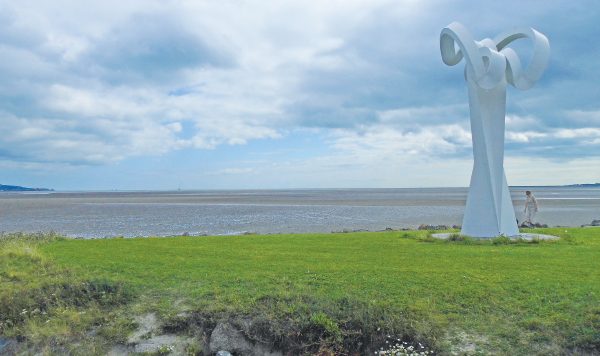
A natural amenity that deserves money and attention.
Photo by Kathrin Kobus
The closure of the strand in late July was blamed on the large number of seagulls in the area. According to Dublin City Council, the seawater and beach were contaminated by the gull droppings. The presence of so many gulls and other sea birds can be explained by a sandbar along the coast which seems to attract large numbers of birds and leads to higher levels of bacteria in the water.
NewsFour contacted local Labour Councillor Dermot Lacey, who has spoken out on the issue before, and asked him how can further closures be prevented. He said “The upgrade of the wastewater treatment plant will help. In addition a Labour delegation are meeting Irish Water later this month regarding what is called the Pembroke Rathmines Drainage scheme – when done, this will improve the overall situation. We also need better litter bins along the promenade and installation of another couple of public toilet facilities, perhaps at the northern end and adjacent to the nature park. I have put the issue of investigating the overflow onto the Area Committee agenda. Sandymount Strand is potentially the greatest natural amenity within the Dublin Bay area and money spent on it is necessary and worthwhile.”
NewsFour also contacted Green Party leader and TD for Dublin Bay South Eamon Ryan about the issue. He said “The problem in Dublin is that when it rains the storm water mixes with the sewage and overflows. This is exacerbated by problems at the Poolbeg wastewater treatment plant. It is a political issue, are we willing to make big investments, particularly in separating the storm water and the sewage systems.”
by Jessica Ellis



